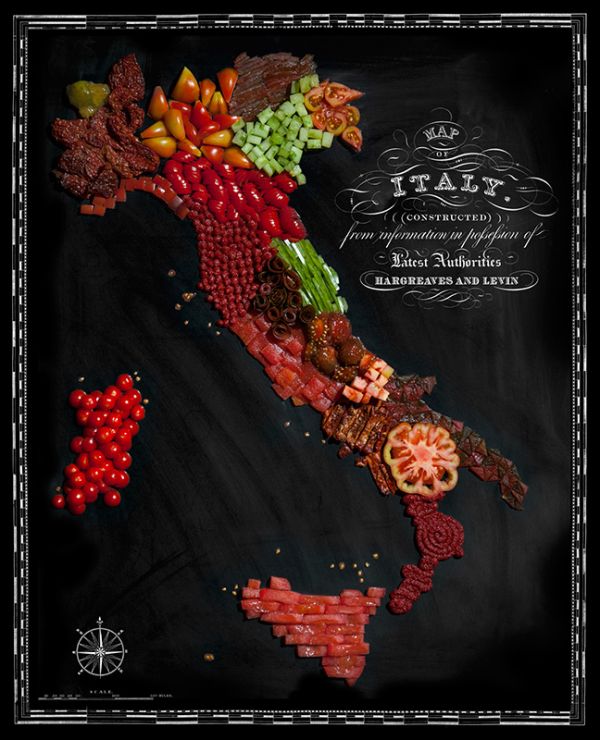- If you notice anything missing or wrong, please comment below. I don't always have the whole picture -Grace
- Mondays: Wear or bring comfortable clothes for PE.
- There is no school for students tomorrow, Friday, March 14.
- 7th Grade:
- Grace's Group
- Due Monday, 3/17: Complete 6.3 Practice if not finished in class. Remember that these will be based on estimations, so don't use a calculator.
- John's Group:
- All
- Reading log assignment #9 due Thursday
- Grade 7
- Write long composition. Due Monday
- Grade 8
- First half of rough draft due Fri., 3/21
Science:
TWO ASSIGNMENTS ARE DUE THIS MONDAY 3/17!
1) Your experiment team needs to print out both
your time and your speed data for your trials, in an organized chart like the ones
I have shared with you on Google docs
2) Your experiment team needs to print out, or share with me your team's
error / significant differences worksheet. This document has been shared with you on google docs.
See you tomorrow!
TWO ASSIGNMENTS ARE DUE THIS MONDAY 3/17!
1) Your experiment team needs to print out both
your time and your speed data for your trials, in an organized chart like the ones
I have shared with you on Google docs
2) Your experiment team needs to print out, or share with me your team's
error / significant differences worksheet. This document has been shared with you on google docs.
See you tomorrow!
Atelier:
- Borrowed scratchboard knives need to be returned.
Spanish:
- 7th Grade:
- gustar/encantar worksheet
- retake comida
- 8th Grade:
- La guitarra misteriosa cap. 15
Moment of Zen:
Henry Hargreaves and Caitlin Levin have a history of making food-related art. The same couple who brought the world Gingerbread Art Galleries and Deep Fried Gadgets have now composed maps of countries or continents made out of food associated with that place. By way of example, the above map of Italy composed almost entirely of tomatoes.


